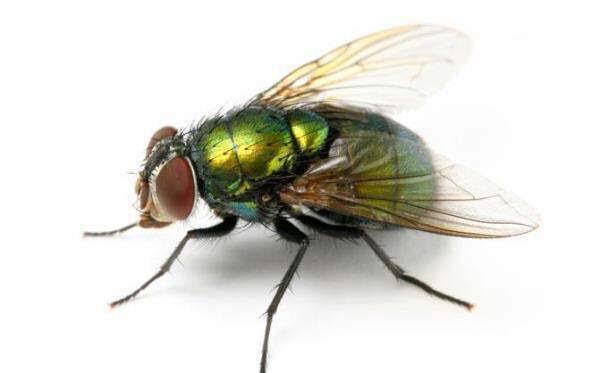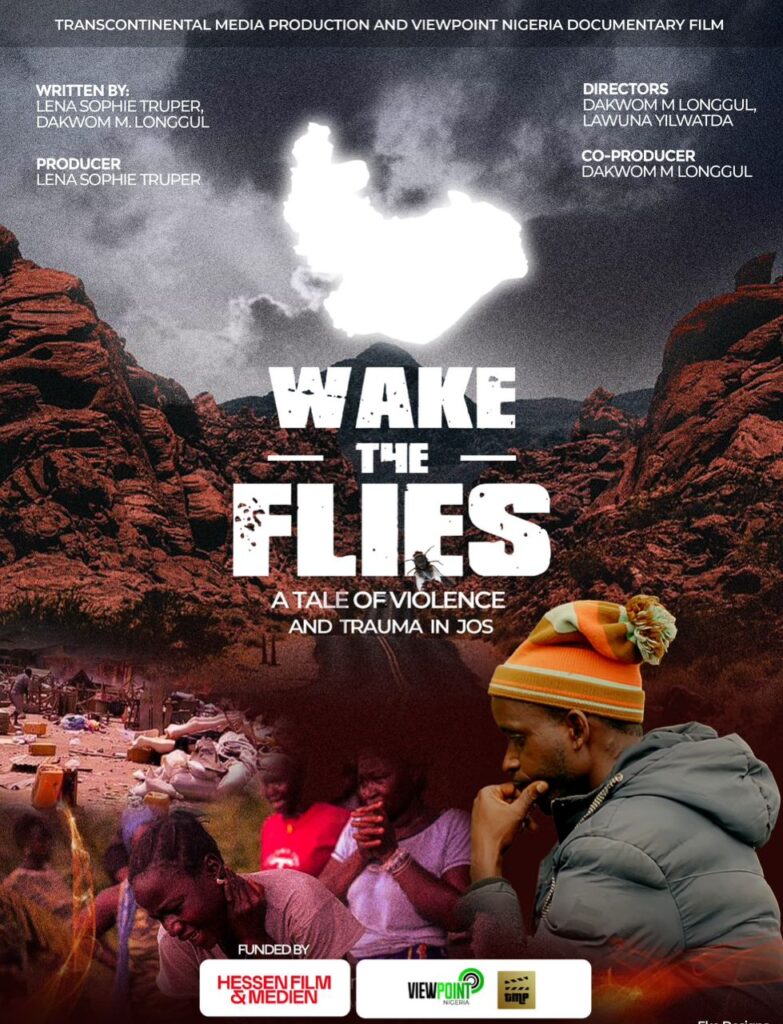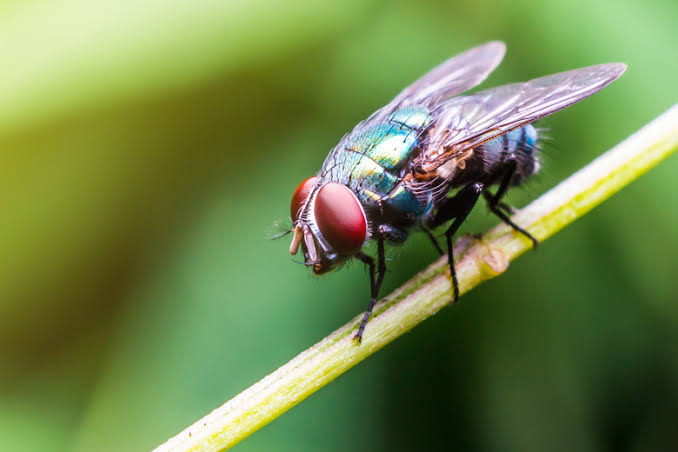DAKWOM MAKPRING LONGGUL is the director/writer and co producer of the documentary film Wake the Flies soon to be premiere in the state of Hessen in Frankfurt.
The chosen title Wake the flies, can be a powerful and evocative title for a documentary however it can also be confusing to place it on the narrative of such a sensitive and complex issue as the conflicts and killings on the Jos Plateau that can be traced since September 2001
Let’s delve into why the fly leitmotif could be a compelling choice and explore its aesthetic implications before the official screening of 24 May, 2025 in Frankfurt- Germany . Let it be clear that the documentary was inspired by real fly on a lonely dead body- a victim of one of the many killing situations that the writer of the documentary saw, but let’s us advance a little for I shall tell the full story someday.

First, let’s define leitmotif in film. It’s a recurring musical theme, visual element, or even a narrative idea associated with a particular character, setting, situation, or emotion. It acts as a subtle through-line, reinforcing themes and creating connections across different parts of the film.

Now, considering the title “Wake the Flies” and the documentary’s focus on killings in Jos plateau and the contradictions between the narrative of the migrant settlers or indigenous populations, and the Christian-Muslim conflict in Jos, the fly leitmotif was employed for several artistic and aesthetic exploration potent that includes:
Symbolism of Death and Decay: Flies are often associated with death, decay, and the aftermath of violence. Their presence can visually and metaphorically represent the loss of life and the lingering impact of the killings on the land and its people. The buzzing sound of flies can also create an unsettling and disturbing atmosphere, subtly reminding the audience of the underlying tragedy. ” It is a marker in the film as it’s starts with, the sound of the files”
Ubiquity and Persistence: Flies are everywhere and can be incredibly persistent. This could symbolize the pervasive nature of the conflict, its cyclical recurrence, and how it continues to “buzz” in the background of daily life in Jos, even when overt violence subsides. It suggest that the underlying tensions and unresolved issues remain, like flies that are difficult to swat away.
Fragility of Life: In contrast to their association with death, flies can also be seen as fragile creatures, easily swatted and extinguished. This could serve as a subtle commentary on the preciousness and vulnerability of human life, particularly in the face of such brutal conflict.
Witness and Observation: Flies can be seen as silent witnesses, present at scenes of both life and death. The documentary also referenced the fly imagery to suggest an objective, almost detached observation of the events, highlighting the stories of those affected without taking an overtly biased stance.
Contradictions and Irritation: The irritating nature of flies could subtly mirror the frustrations and tensions inherent in the complex contradictions between different groups in Jos. Just as flies can be a persistent annoyance, the unresolved issues and historical grievances can continue to irritate and fuel conflict.
To this end, the Aesthetics of such Representation created Atmosphere and Mood- Recurring fly imagery or sounds can create a consistent atmosphere of unease, tension, or even mourning throughout the film.we believe It can subtly influence the viewer’s emotional response to the narratives being presented.
Secondly , the idea of Subtlety and Nuance can be an aesthetic experience. Instead of explicitly stating the themes of death, persistence, or fragility, the fly motif can convey these ideas in a more subtle and nuanced way, allowing viewers to make their own connections and interpretations.
Again, the visual representation of flies – close-ups, swarms, their presence in specific environments – add a layer of visual symbolism to the storytelling, enriching the documentary’s visual language.
Lastly, the fly plays the role of the unifying element: The recurring motif can act as a unifying element, connecting different stories and perspectives within the documentary under a shared symbolic umbrella it reminds us of how the story is not local to Plateau state alone or Nigeria, or even Gaza, or Ukraine but a tale with a global Outlook.
The choice of a fly leitmotif in “Wake the Flies” likely add a layer of poetic and symbolic depth to the exploration of the Jos Plateau conflicts. It suggests a desire to move beyond a purely factual account and delve into the more visceral and lingering impacts of the violence and the complexities of the human experience within this context. The film’s aesthetic, therefore, could be characterized by a blend of stark realism in depicting the events in a more metaphorical, sensory approach through the recurring presence of the fly.
count | 97

Recent Comments
Mwanchuel Daniel PamMarch 8, 2024 at 11:06 pm
Bob WayasNovember 6, 2023 at 5:30 am
JosephNovember 5, 2023 at 3:47 am